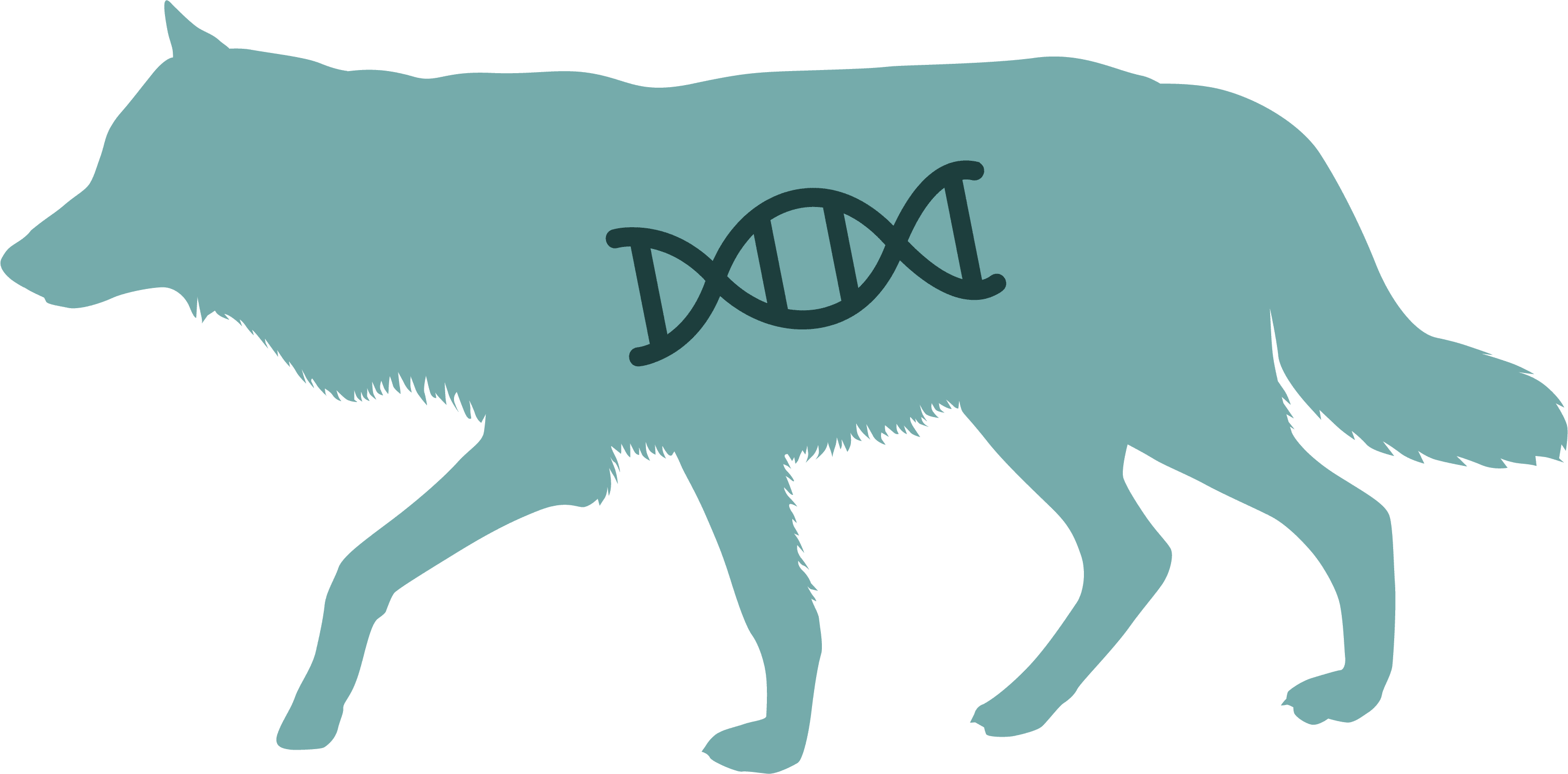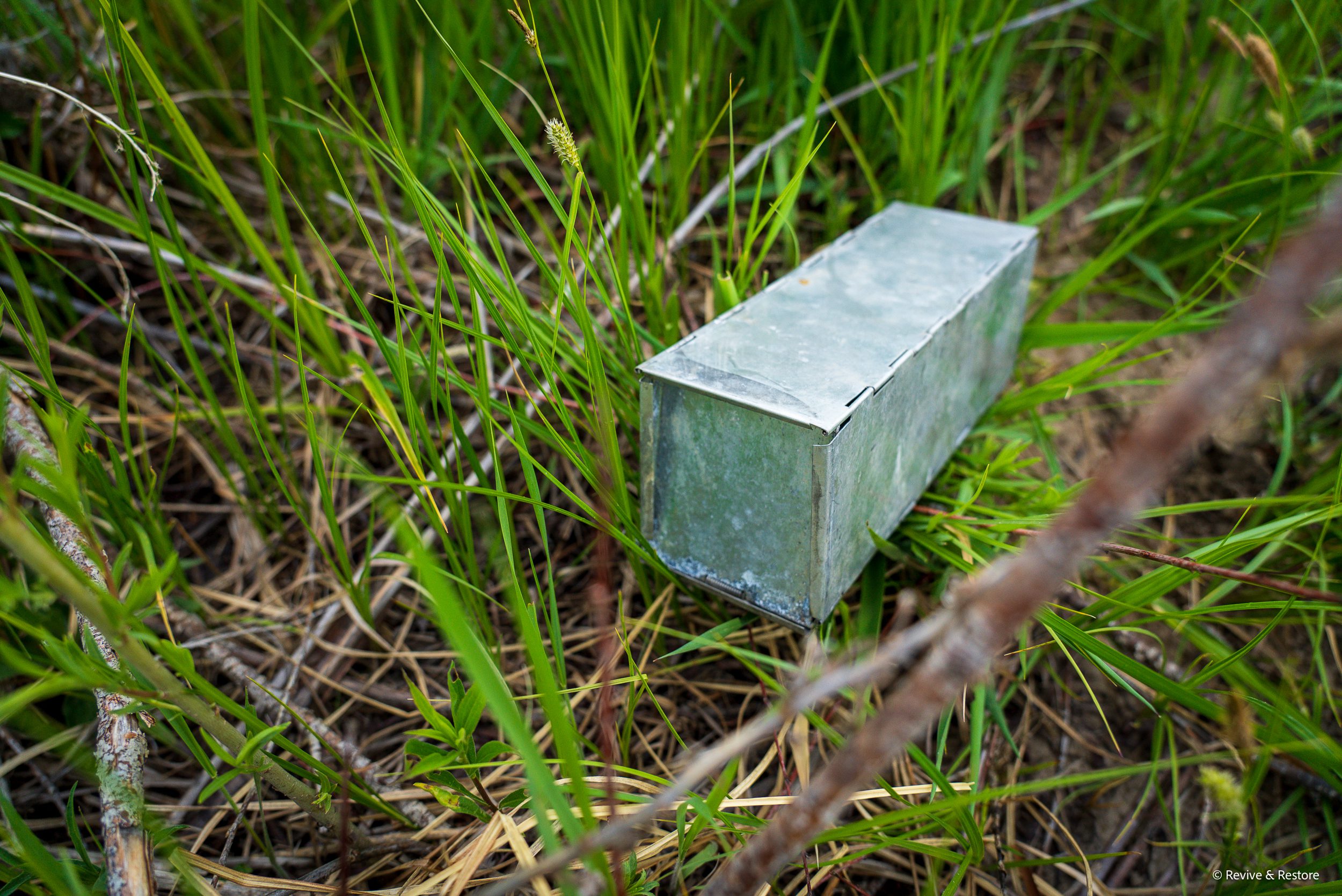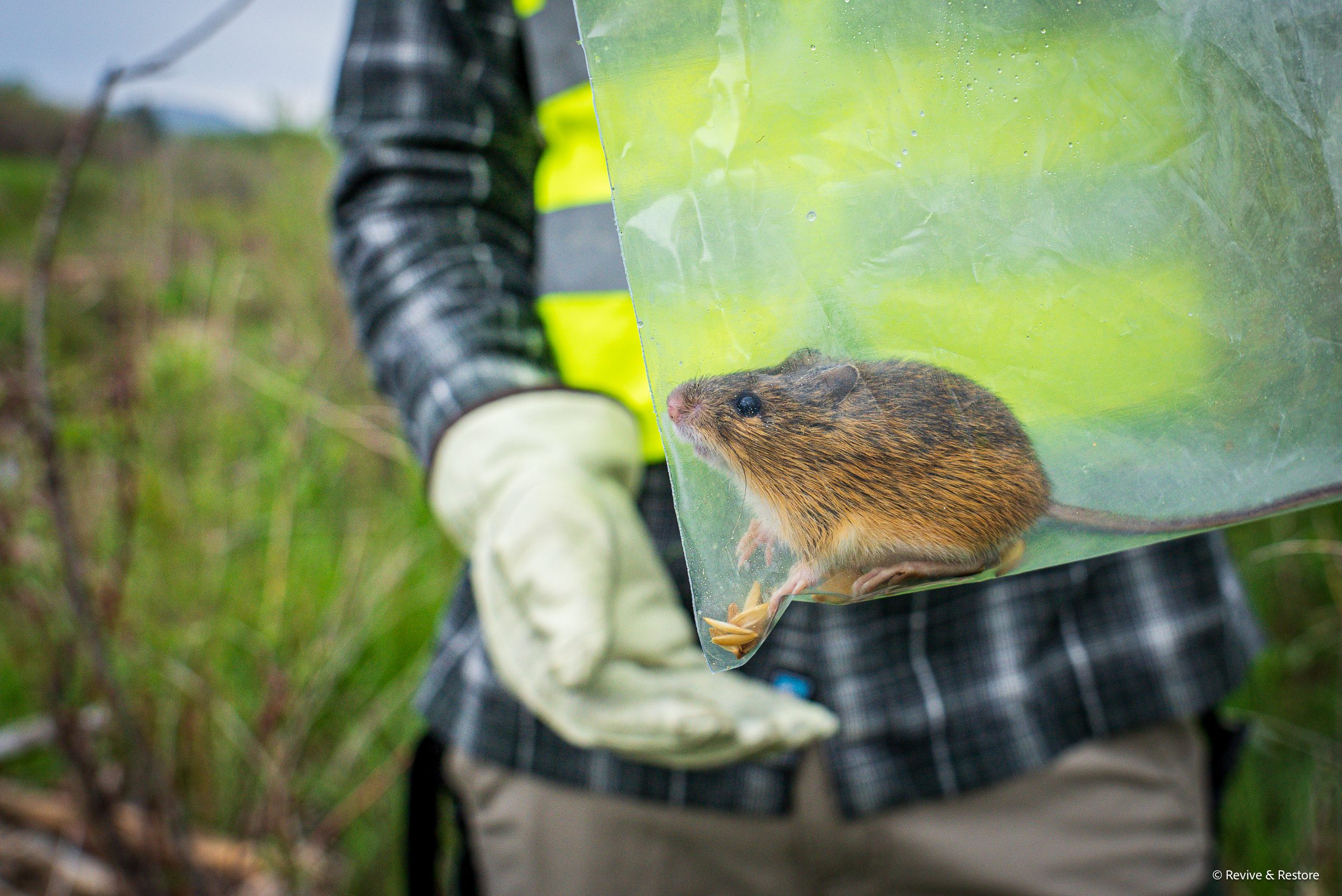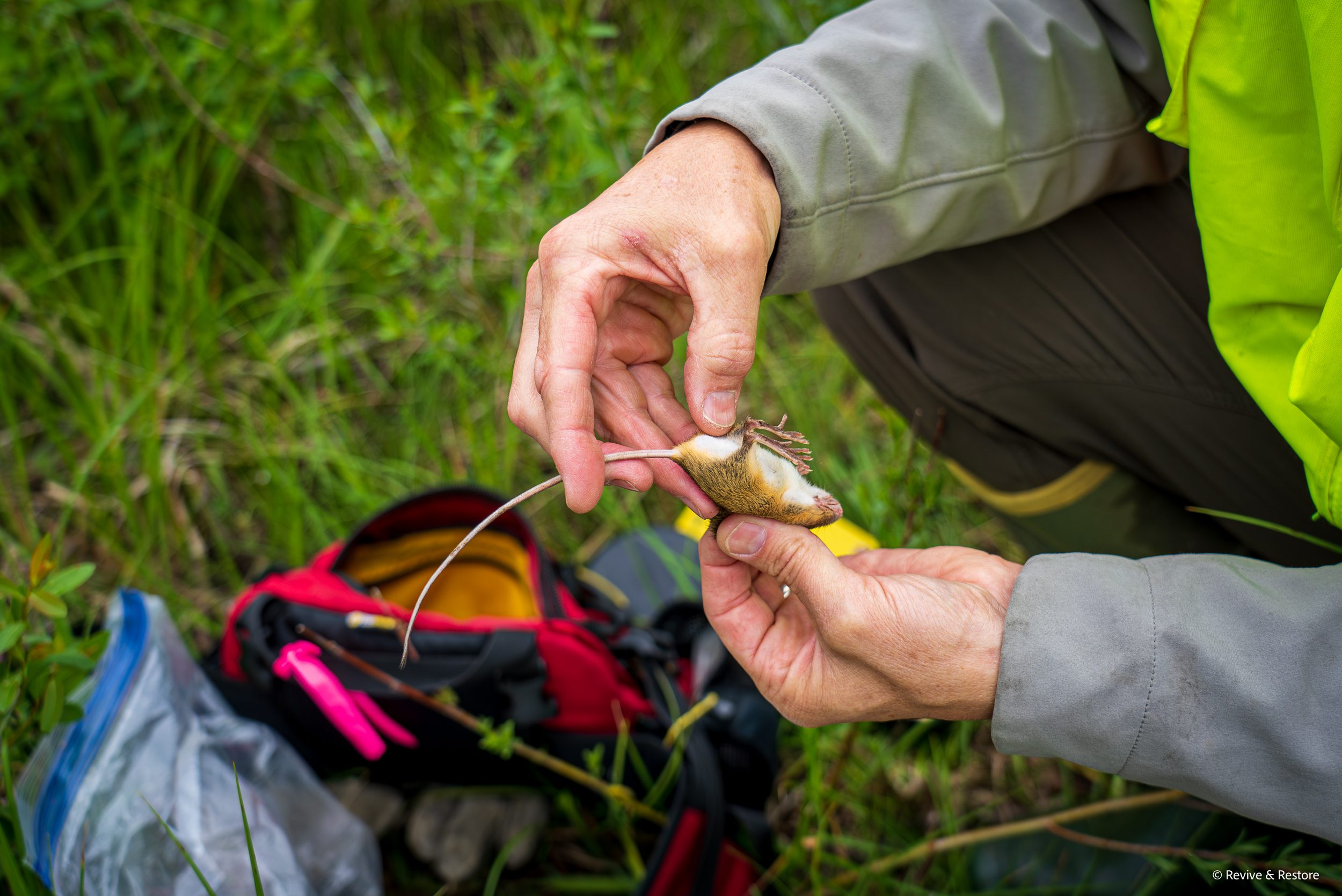Informed Biobanking
Safeguarding genetic diversity for today’s conservation decisions and tomorrow’s recovery efforts.
Why biobank?
“Biobanking” describes the intentional and indefinite preservation of living cells from wildlife, for the purposes of safeguarding genetic diversity and enabling genetic rescue. Biobanked samples have 3 immediate applications:
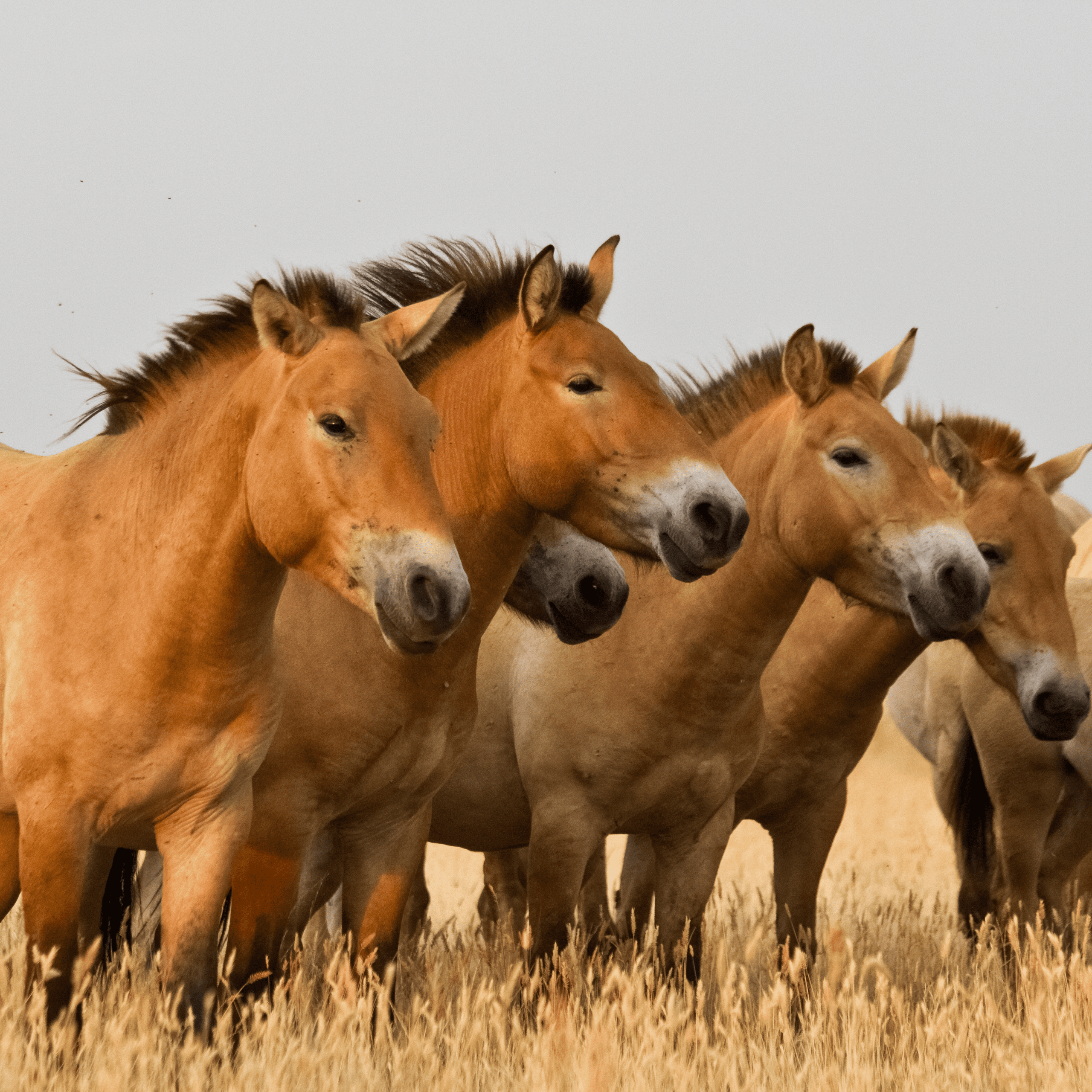
Preserving genetic diversity
When we cryopreserve living cells, we protect irreplaceable genetic diversity. This diversity is an essential resource for future restoration and recovery efforts.
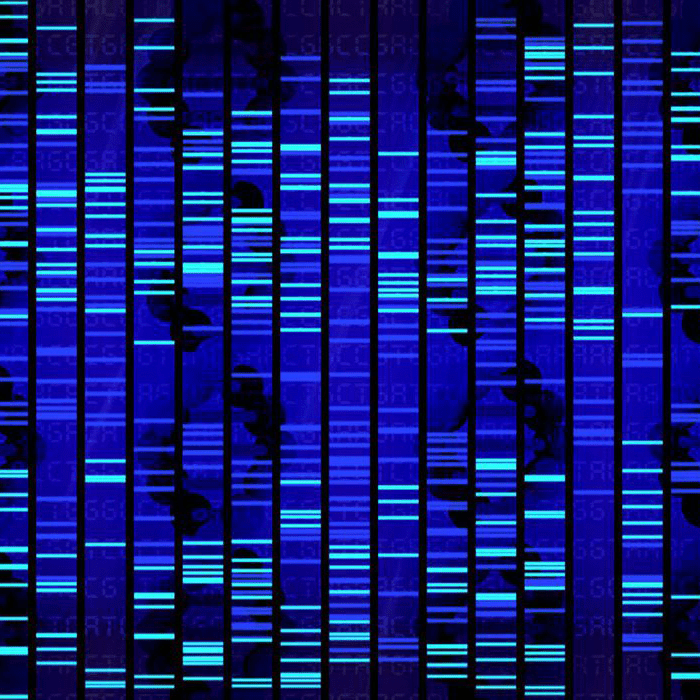
Managing with genomic insight
We can sequence DNA from biobanked materials to inform wildlife management decisions and identify opportunities to restore genetic diversity.
Rescuing with technology
We can combine biobanked materials with advanced biotechnologies to reintroduce genetic diversity, advance reproductive tools, and recover lost species.
How it works
Our biobanking process has four steps:

Collaborate
We collaborate with field biologists to ensure they have the resources necessary to successfully and seamlessly collect living tissue samples. To join the program, please contact Program Manager Ben Novak

COLLECT
Once field biologists collect tissue samples, they are shipped to our cell culturing partner for analysis. Tissues are processed for primary cell culture or immediate cryopreservation.
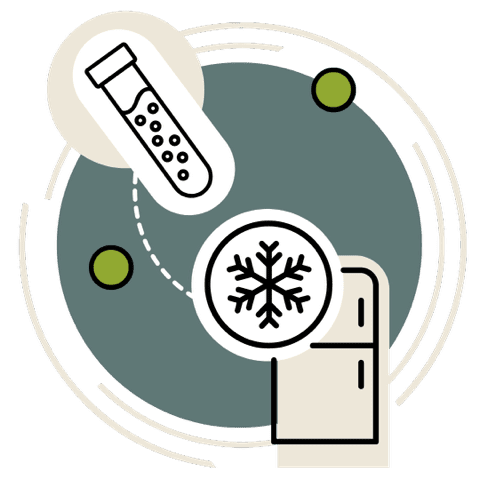
Protect
Frozen cell lines and tissue are transferred to a national repository where they will be archived for long-term storage. Biobanked samples ensure that we protect genetic diversity for the future.
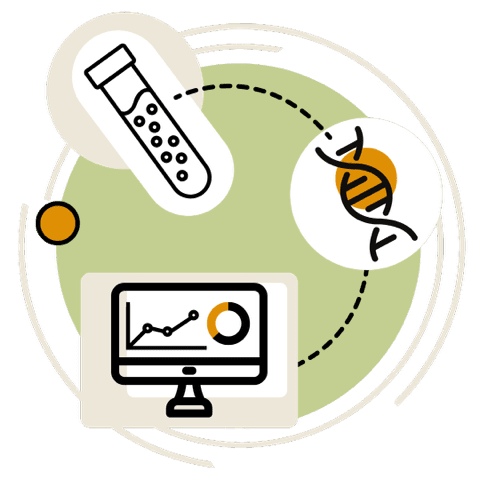
APPLY
Samples are also used to create an ultra-high-quality reference genome. This genome is publicly available to help researchers assess genetic diversity, identify at-risk populations, and take action for conservation.
Species cryopreserved so far
Mexican Wolf
Canis lupus baileyi
Endangered
Discover the Project
Sonoran pronghorn
Antilocapra americana sonoriensis
Endangered
Florida bonneted bat
Eumops floridanus
Endangered
Discover the project
Preble’s meadow jumping mouse
Zapus hudsonius preblei
Threatened
Why this work matters
Less than 14% of U.S. endangered plants and animals have living tissue cryopreserved.
Substantial efforts to preserve genetic diversity are underway, and one of the most important of these efforts is systematic, strategic biobanking of living cells. Biobanking is a vital safeguard for species’ genetic diversity, empowering their adaptation today and fueling recovery efforts in the future.
Special thanks to our partners, colleagues, and funders
This initiative was made possible through collaboration and forging critical partnerships with public and private organizations, including the U.S. Fish & Wildlife Service, ViaGen Pets & Equine, and U.S. Department of Agriculture: ARS. Additional collaborators include the San Diego Zoo Wildlife Alliance and St. Louis Zoo. We are grateful to our generous supporters, including Pershing Square Foundation and Re:wild.


